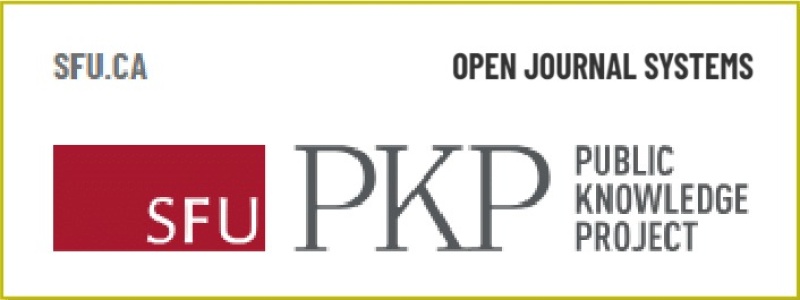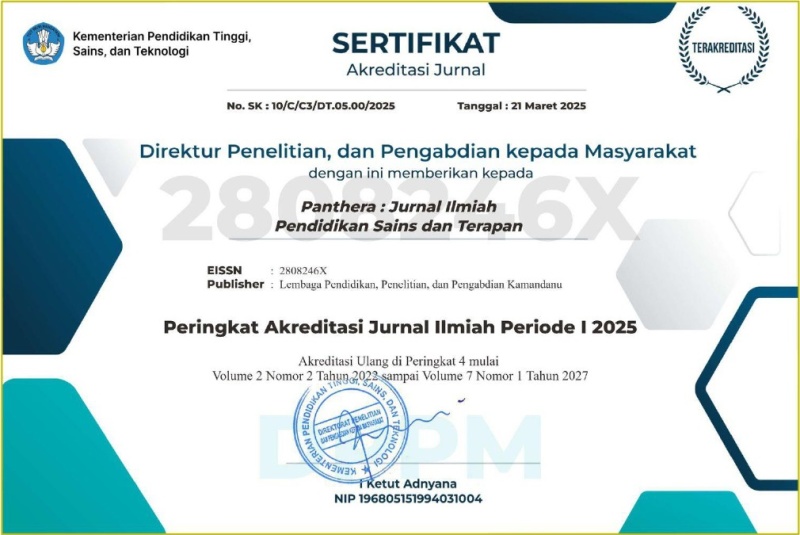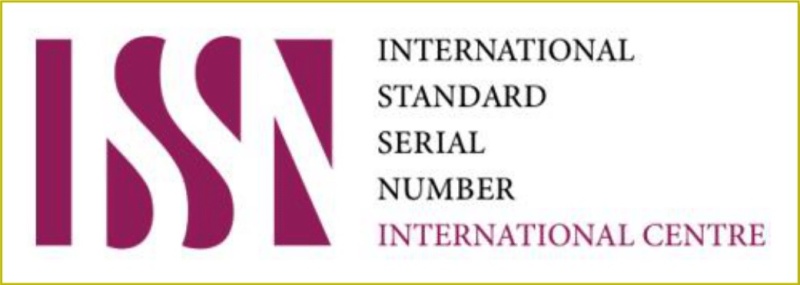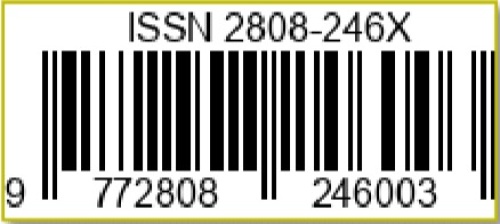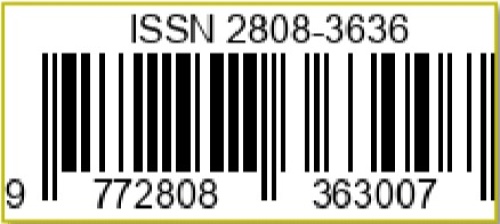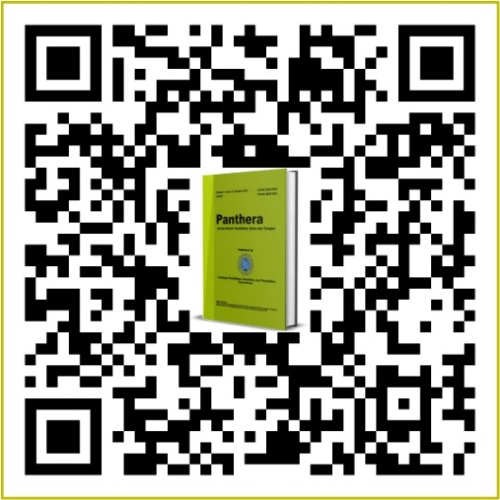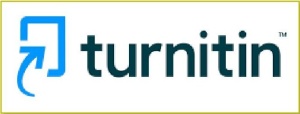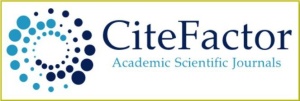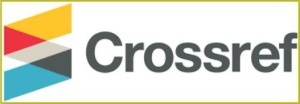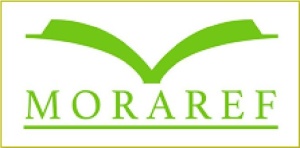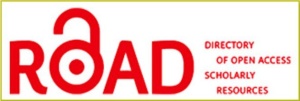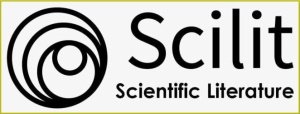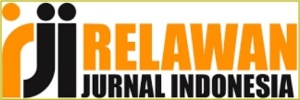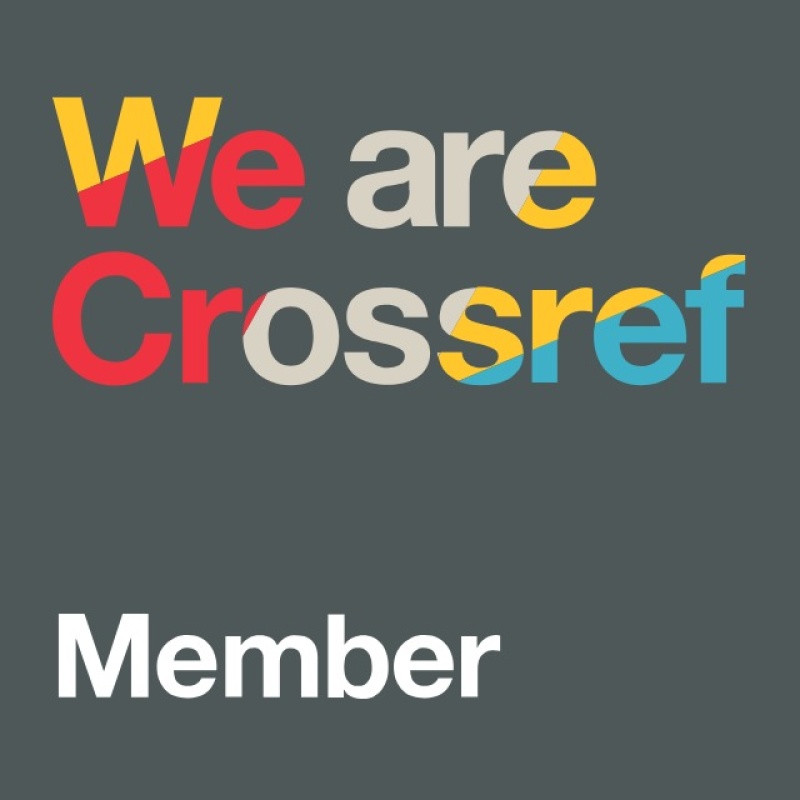Pengaruh Metode Pembelajaran Picture and Picture terhadap Motivasi dan Pemahaman Konsep Siswa
DOI:
https://doi.org/10.36312/pjipst.v2i2.78Keywords:
Picture and Picture Learning Method, Motivation, Concept Understanding.Abstract
There are still many teachers who use a monotonous method when teaching. The use of monotonous methods causes students to be less active, become bored and not serious in following lessons, so that students' motivation and learning outcomes are low. This study aims to determine the effect of the picture and picture learning method on the motivation and understanding of the concepts of seventh grade students of SMP Negeri 1 Sakra in the 2018/2019 academic year. This type of research is quasi-experimental. The population in this study were seventh grade students of SMP Negeri 1 Sakra. Samples were taken using a saturated sampling technique, namely class VII B as the experimental class and VII A as the control class. The results showed that at the first meeting in the control class, the percentage of students' learning motivation was 70.69%, while at the second meeting the percentage was 73.05% with the same category of high motivation. The results of the questionnaire on learning motivation in the first meeting in the experimental class were 76.38%, at the second meeting the percentage was 76.33% including the same category of high motivation. Concept understanding data is seen from the acquisition of pre-test and post-test scores. The average value of the control class students at the time of the pre-test was 27.88 the percentage of 5% with the category of a small percentage of students understanding the concept. Then the average score of students at the time of the post-test was 48.14 with a percentage of 22% in the category of a small percentage of students understanding the concept. The average value of the experimental class students at the time of the pre-test was 29.25, the percentage of 11% with the category of a small percentage of students understanding the concept. Then the average score of students at the time of the post-test was 63, a percentage of 78% with the category of almost all students understanding the concept. The data on psychomotor learning outcomes for the control class at the first meeting was 68.88%, at the second meeting 63.33% in the quite skilled category. Then the experimental class at the first meeting was 79.16% at the second meeting at 78.47% with the same category, namely skilled. The post-test data were then analyzed using t-test, obtained tcount > ttable, or 112.4 > 1.98, so it can be concluded that there is an effect of picture and picture learning method on students' motivation and understanding of concepts.
Downloads
References
Arikunto, S. (2013). Dasar-dasar Evaluasi Pendidikan (Edisi Kedua, Cetakan Ke-2). Jakarta: PT. Bumi Aksara.
Fadllia, A. (2012). Pengaruh Pembuatan Jurnal Belajar dalam Pendekatan Jelajah Alam Sekitar (JAS) terhadap Hasil Belajar Siswa pada Materi Ekosistem. Skripsi. Universitas Negeri Semarang.
Fauzi, R., Dwiastuti, S., & Harlita. (2011). Penerapan Metode Pembelajaran Picture and Picture untuk Meningkatkan Motivasi Belajar Biologi Siswa Kelas VIII D SMP Negeri 14 Surakarta Tahun Pelajaran 2011/2012. Jurnal Pendidikan Biologi, 3(3), 72-78.
Ghozali, I. (2006). Aplikasi Analisis Multivariate dengan Program SPSS. Semarang: Badan Penerbit Universitas Diponegoro.
Hamalik, O. (2008). Perencanaan Pengajaran Berdasarkan Pendekatan Sistem. Jakarta: PT. Bumi Aksara.
Handayani, D., Bintari, S. H., & Lisdiana. (2013). Penerapan Model Picture and Picture Berbantuan Spesimen pada Materi Invertebrata. Journal of Biology Education, 2(3), 321-328. https://doi.org/10.15294/jbe.v2i3.3093
Kurniati, N. M., Sudana, D. N., & Garminah, N. N. (2013). Pengaruh Metode Picture and Picture terhadap Hasil Belajar IPA Siswa Kelas IV SD Semester Genap di Gugus I Kecamatan Buleleng. Mimbar PGSD Undiksha, 1(1), 1-9. https://doi.org/10.23887/jjpgsd.v1i1.873
Natalina, M., Yusuf, Y., & Rahmayani, D. (2010). Penerapan Model Pembelajaran Kooperatif Picture and Picture untuk Meningkatkan Aktivitas dan Hasil Belajar Biologi Siswa Kelas XI IPA SMAN 1 Ukui Tahun Ajaran 2009/2010. Skripsi. Universitas Riau.
Sartika, N. S. (2013). Peningkatan Kemampuan Pemahaman dan Penalaran Matematis Siswa MTs Melalui Model Pembelajaran Kolaborasi Tipe Group Investigation (Kuasi Eksperimen pada Siswa MTs di Kabupaten Pandeglang). Thesis. Universitas Pendidikan Indonesia.
Setyosari, P. (2013). Metode Penelitian & Pengembangan. Jakarta: Kencana.
Silviani, S. (2013). Penerapan Metode Eksperimen untuk Meningkatkan Pemahaman Konsep Siswa pada Pembelajaran IPA Kelas IV. Skripsi. Universitas Pendidikan Indonesia.
Sudjana, N. (2011). Dasar-dasar Proses Belajar Mengajar. Bandung: Sinar Baru Algensindo.
Sugiyono. (2012). Statistika untuk Penelitian. Bandung: CV. Alfabeta.
Undang-undang Republik Indonesia Nomor 20 Tahun 2003 tentang Sistem Pendidikan Nasional. 2003. Jakarta: Pemerintah Republik Indonesia.
Usman, A. S. (2014). Meningkatkan Mutu Pendidikan Melalui Penerapan Manajemen Berbasis Sekolah. Jurnal Ilmiah DIDAKTIKA, 15(1), 13-31. http://dx.doi.org/10.22373/jid.v15i1.554
Wildatin, S. (2013). Efektivitas Penggunaan Model Pembelajaran Kooperatif Tipe Picture and Picture terhadap Hasil Belajar Peserta Didik Kelas III pada Mata Pelajaran IPA Materi Pokok Pengaruh Energi dalam Kehidupan Sehari-hari di Madrasah Ibtidaiyah Infatul Ghoy Plamongansari Pedurungan Semarang. Skripsi. Institut Agama Islam Negeri Walisongo Semarang.
Yusnaldi, E. (2018). Pembelajaran IPS MI/SD. Medan: CV. Widya Puspita.
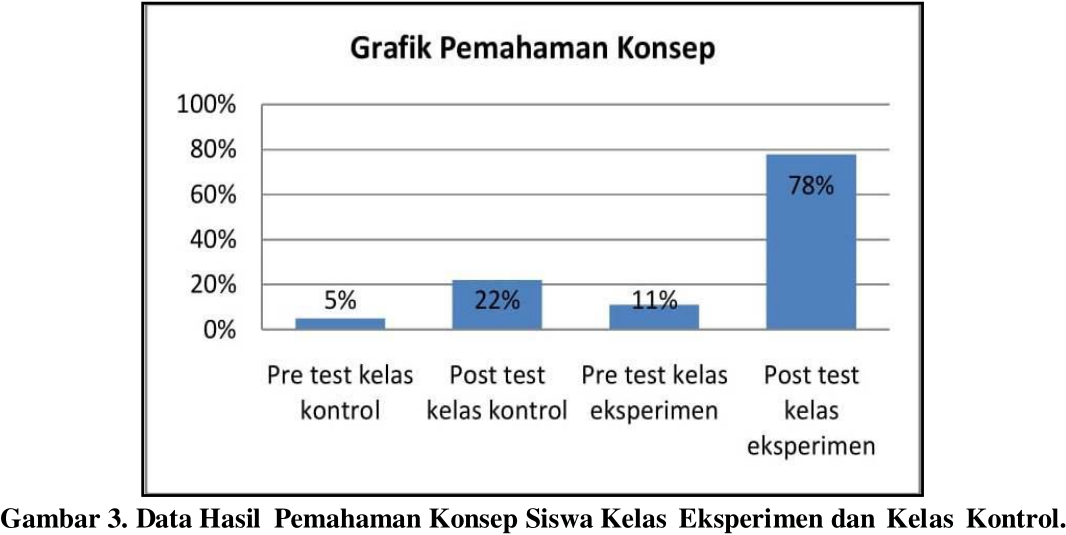
Downloads
Published
How to Cite
Issue
Section
License
Copyright (c) 2022 Sapriawan & Hermawan

This work is licensed under a Creative Commons Attribution-ShareAlike 4.0 International License.
-
Attribution — You must give appropriate credit, provide a link to the license, and indicate if changes were made. You may do so in any reasonable manner, but not in any way that suggests the licensor endorses you or your use.
-
ShareAlike — If you remix, transform, or build upon the material, you must distribute your contributions under the same license as the original.

